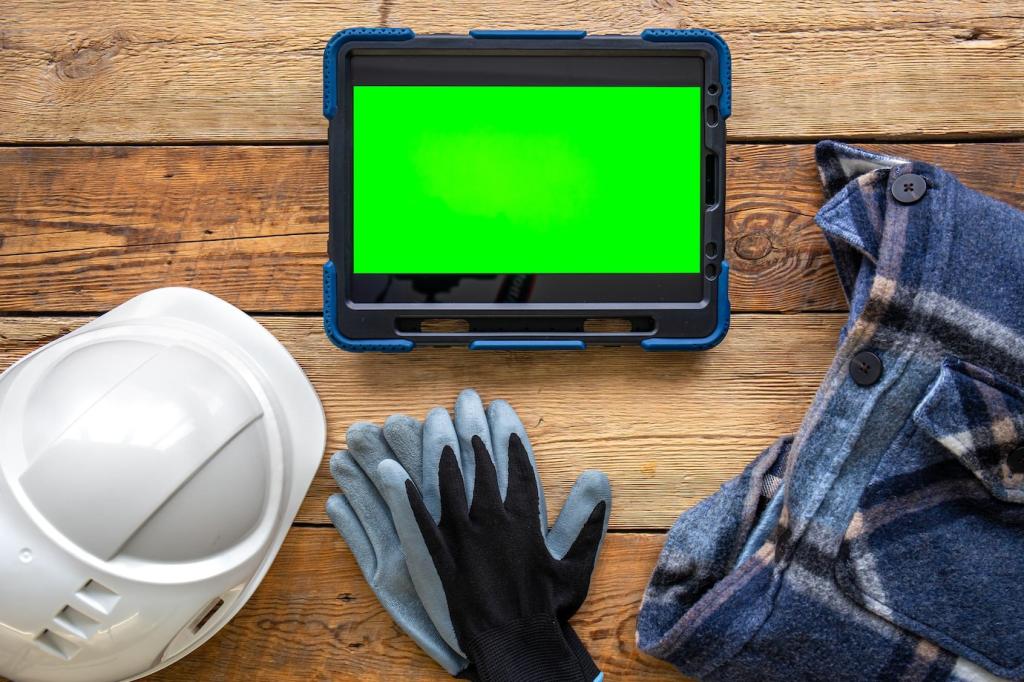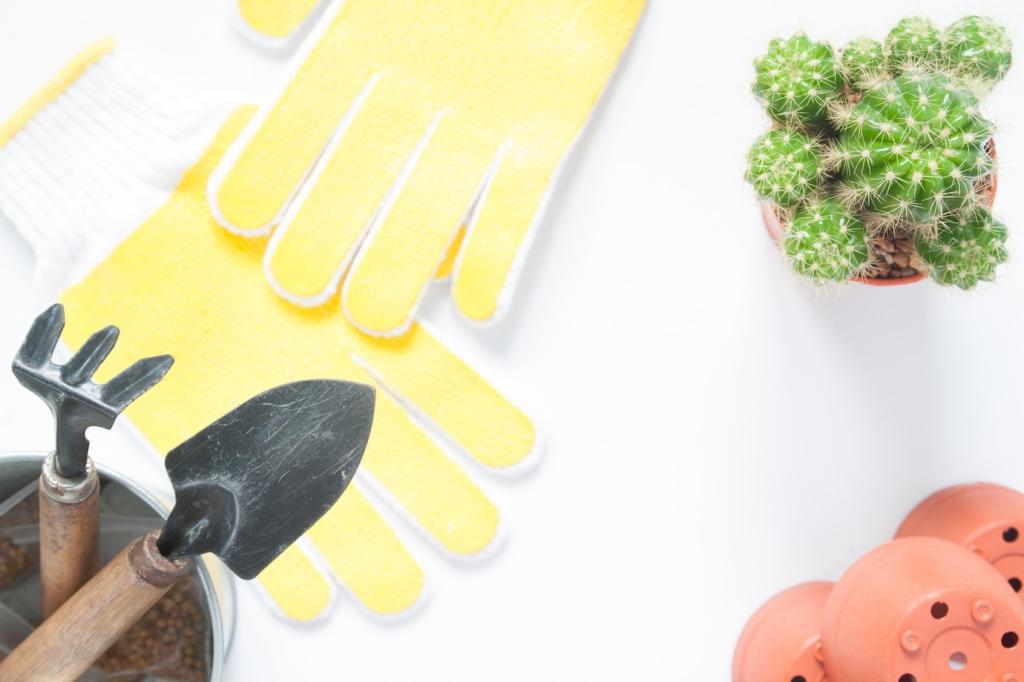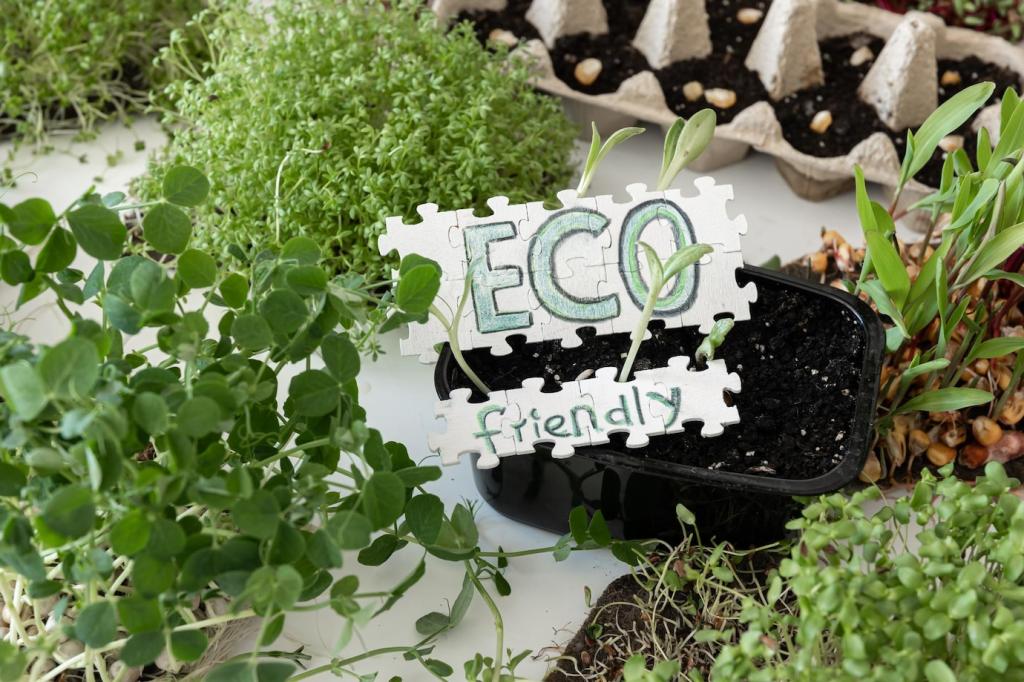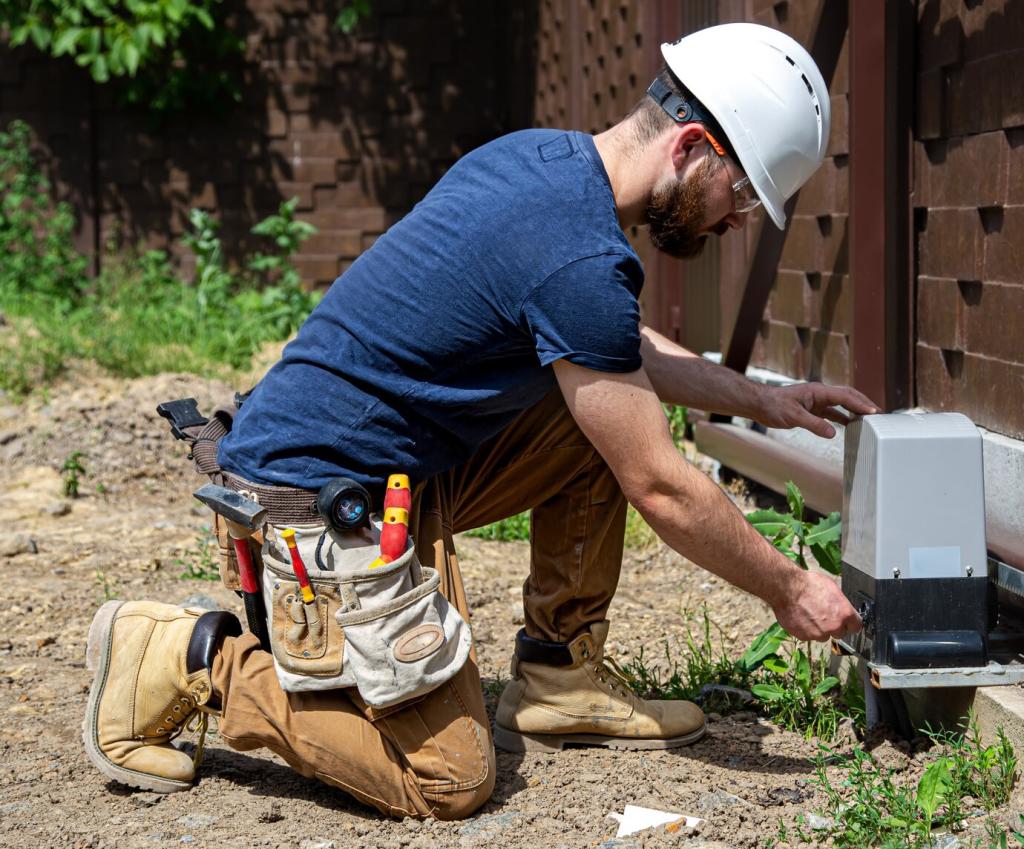
Zero Waste Furniture Preservation Tips
Chosen theme: Zero Waste Furniture Preservation Tips. Keep beloved pieces thriving for decades with gentle, low-impact care, repair-first thinking, and resource-light habits. Explore practical guidance, small rituals, and community wisdom that reduce waste while protecting craftsmanship. Share your own preservation wins and subscribe for future zero waste care guides.
Gentle Cleaning with Pantry Staples
Skip harsh chemicals and disposable wipes. Use diluted white vinegar for glass, mild soap for wood finishes, and baking soda for odors. Apply with washable cloths, rinse sparingly, and always dry thoroughly to prevent swelling, streaks, or residue that attracts more dust over time.
Weekly Micro-Care Rituals
Dust with a soft, reusable microfiber, check for wobbly legs, and glide drawers to catch early stiffness. These five-minute rituals stop problems before they escalate, reducing the need for intensive interventions and protecting joints, finishes, and fabrics with virtually zero waste.
Spot-First, Surface-Second
Treat stains and scuffs locally before attempting full-surface cleaning. Test solutions on hidden areas, dab rather than rub, and ventilate well. This minimal approach prevents over-saturating wood, preserves finish integrity, and avoids unnecessary product use while keeping original patina intact.
Repair, Don’t Replace: Skills That Save Furniture
Tightening Joinery the Right Way
Loose mortise-and-tenon joints or dowels often need cleaning, re-gluing, and clamping, not replacement. Remove old brittle glue, dry-fit parts, then apply a modest amount of adhesive and clamp evenly. This preserves original components and restores strength with minimal material consumption.
Invisible Fabric Fixes
For upholstery, reinforce weak seams with ladder stitches and matching thread, and patch from the underside using fabric saved from hidden hems. A steam pass re-fluffs fibers, while a gentle vacuum removes embedded grit that prematurely wears fibers and accelerates fabric waste.
Refinishing Without the Waste
Before stripping finishes, try a gentle re-amalgamation using alcohol on shellac or a light scuff-sand with fine grit followed by oil-wax. This refreshes sheen, evens color, and preserves more of the original finish, saving time, materials, and historical character.



Non-Toxic Finishes and Supplies
Finish renewals rarely require harsh solvents. Linseed or tung oil, followed by natural wax, nourishes wood and creates a repairable surface. Apply thin coats, buff with a dedicated cotton cloth, and label it for reuse to eliminate disposable applicators entirely.
Non-Toxic Finishes and Supplies
Use reversible, low-tox glues where possible, like hide glue for traditional joinery. Reversibility supports future repairs and reduces landfill waste. Store adhesives airtight, decant only what you need, and clean brushes immediately so tools last for years.



Community and the Culture of Repair
Skill-Sharing Circles and Tool Libraries
Host a neighborhood repair evening, swap clamps and planes, and exchange tips on safe stripping, waxing, and stitching. These gatherings build confidence, reduce duplicate purchases, and turn maintenance into a social ritual. Subscribe for upcoming workshop templates and checklists.

